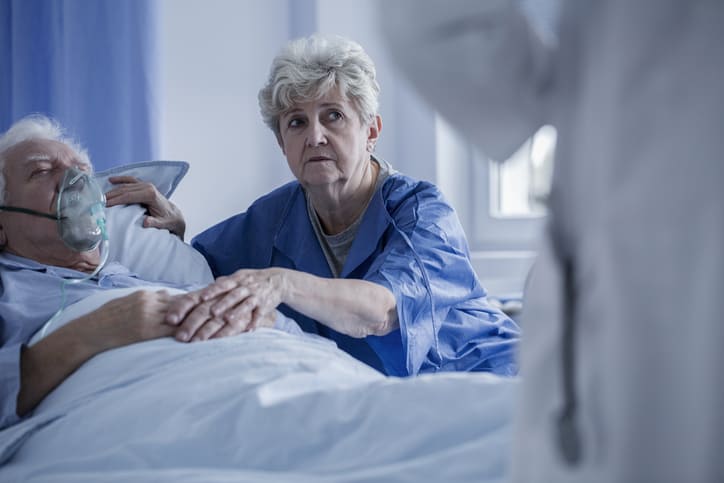FRIDAY, June 19, 2020 (HealthDay News) — The use of the prone position for awake, spontaneously breathing patients with COVID-19-related severe hypoxemic respiratory failure is associated with improved oxygenation, according to a research letter published online June 17 in JAMA Internal Medicine.
Alison E. Thompson, M.D., from the Columbia University Vagelos College of Physicians and Surgeons in New York City, and colleagues investigated whether the prone position is associated with improved oxygenation and decreased risk for intubation in consecutive spontaneously breathing patients with severe hypoxemic respiratory failure related to severe COVID-19. Twenty-nine eligible patients were asked to lie on their stomachs for as long as tolerated up to 24 hours daily.
The researchers found that 25 patients had at least one awake session of the prone position lasting longer than one hour. Four patients refused the prone position and were intubated immediately. Compared with baseline, one hour after initiation of the prone position, oxyhemoglobin saturation (SpO2) increased (range, 1 to 34 percent; median, 7 percent). The levels of supplemental oxygen were unchanged during the first hour of the prone position in all patients; however, one hour after initiation of the prone position, 19 patients had SpO2 ≥95 percent. Of those with SpO2 ≥95 percent, seven (37 percent) required intubation compared with five of six patients (83 percent) whose SpO2 remained <95 percent one hour after initiation of the prone position.
“Randomized clinical trials are needed to establish whether improved oxygenation after use of the prone position in awake, nonintubated patients improves survival,” the authors write.
Copyright © 2020 HealthDay. All rights reserved.



